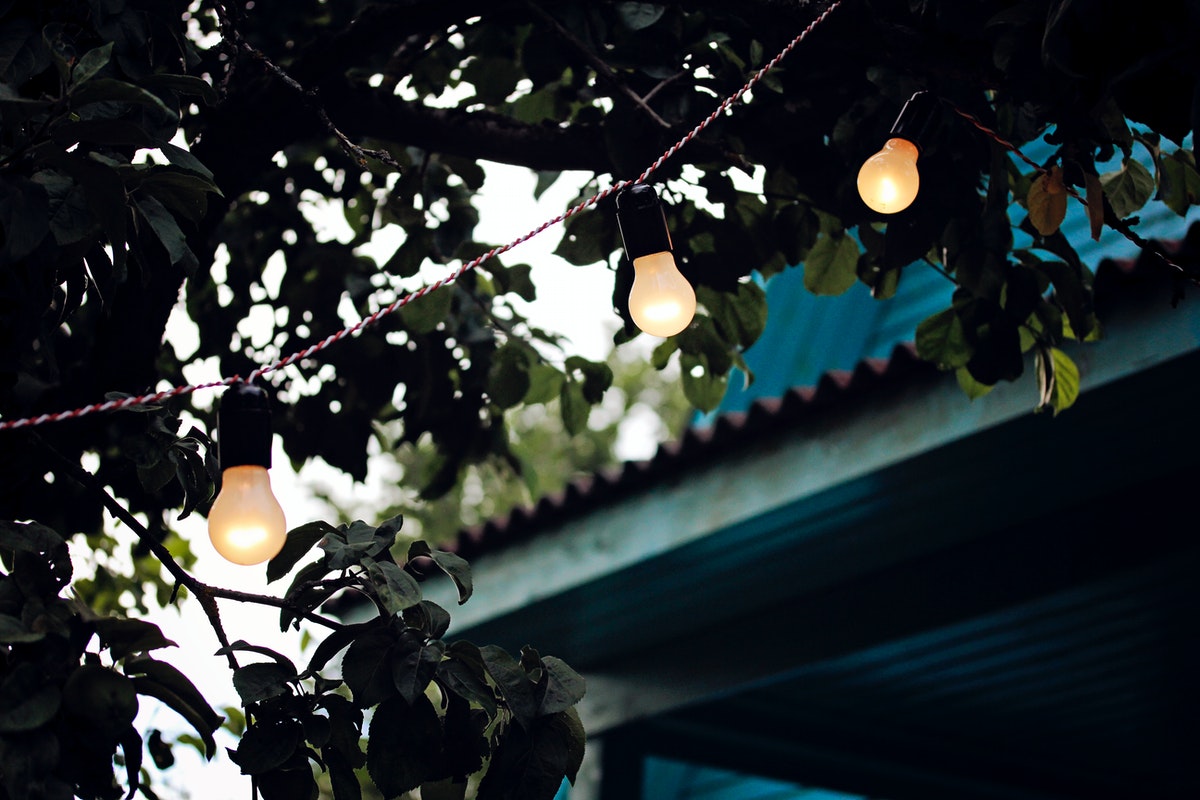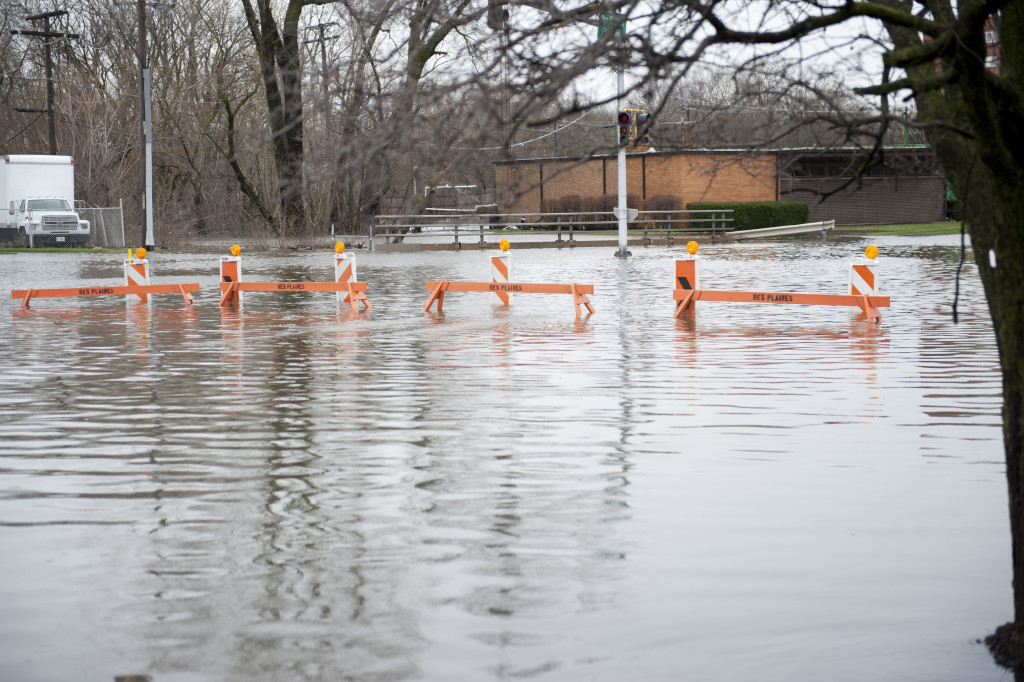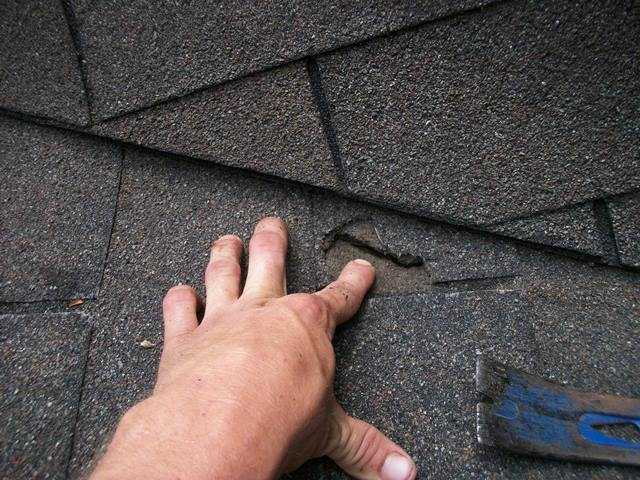Disclaimer: This website provides health information for educational purposes only and is not a substitute for professional medical advice, diagnosis, or treatment. Always seek the guidance of a qualified healthcare provider with any questions you may have.
Many people acknowledge that storm preparation is an essential subject that residences and businesses should know and do, but many often do not consider what happens after a storm. More often than not, the danger does not subside after such a disaster.
In many instances, a storm’s after-effects include damage to property, personal injuries, and even road accidents. Make sure you are ready for any of these things that could happen in your community, so your family can stay safe before and after a storm.
Your Home
Many people think their homes are ready to face the strongest of storms and hurricanes, but if you fail to schedule home maintenance, your home could be prone to more damage after a storm.
In a state like Utah, where severe weather such as blizzards, lightning storms, freezing rain and snowstorms are all too common, residents should keep track of home maintenance such as gutter cleaning and roof repair.
A gutter that is full of debris will not drain properly and cause water to build up and flow over the walls. This could also cause the gutter to break if the amount of water and the debris is too much.

Your roof could also miss some shingles after a storm. You need to patch the roof immediately and check if your ceiling was affected. Check for leaks anywhere in your roofing system, and hire a professional.
If you see water or moisture in your walls, you need to check for possible leaks. This could be in your ceiling, roof or gutter, so make sure to make a comprehensive check of your roofing system.
You should also check if your windows and doors suffered any damage. Small cracks might seem minor, but they can become serious over time.
Trees
Trees can be a danger to people and property, but more so after a storm. Their branches could weaken and fall on people and houses. Once they fall, they could also block roads and waterways, which could cause severe damage.
These hazards are not apparent until strong winds and the elements challenge a tree’s durability, and it all depends on a tree’s overall structure and health. Property owners know that larger trees often pose a danger, but they should also recognize the red flags that make any tree hazardous.
A leaning tree poses a possible danger, as it could immediately fall in a strong wind. Check its trunk and roots. If the trunk has large areas of cavities or cracks, it might indicate decay. Call an arborist to see if the tree can be saved or needs to be removed.
If the ground or pavement under a tree starts to crack, it might indicate a root problem. The growth of fungi near the tree’s base is also indicative of possible root decay. All of these are signs of internal structural damage that could cause the tree to fall.
The key to surviving any catastrophe is preparation. Homeowners and business people should know what to do before, during, and after any natural disaster. Floods, injuries, and even property damage are all possible, but people could overcome these difficulties with the right preparation.




